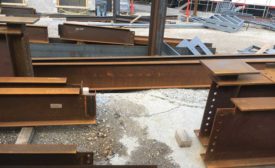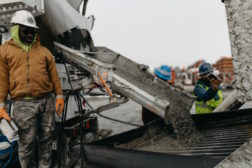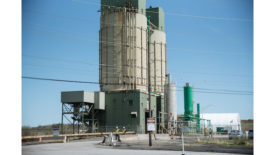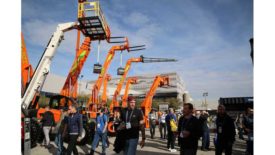Materials
Government
Tech Hubs Get $504M in Grants From Biden Administration For Construction and Research
CHIPS Act funding intended to seek to "supercharge" the tech sector
Read More
2Q 2024 Cost Report: Would Nippon Steel Acquiring US Steel Be Good for Construction Customers?
The steelmaker and its domestic rival, Cleveland-Cliffs, are mired in a merger dispute
Read More
Methodology
1Q 2024 Cost Report: Modest Growth For Materials in 2023
After years of volatility, materials price increases have slowed over the past year
Read More
Materials
Innovative Low-Carbon Cement From Sublime Systems Used in First Project
The electrochemical material is produced with zero carbon emissions
Read More
The latest news and information
#1 Source for Construction News, Data, Rankings, Analysis, and Commentary
JOIN ENR UNLIMITEDCopyright ©2024. All Rights Reserved BNP Media.
Design, CMS, Hosting & Web Development :: ePublishing














